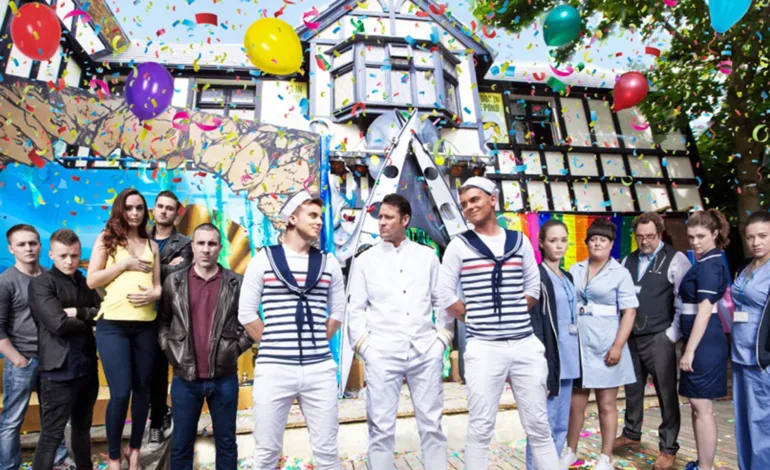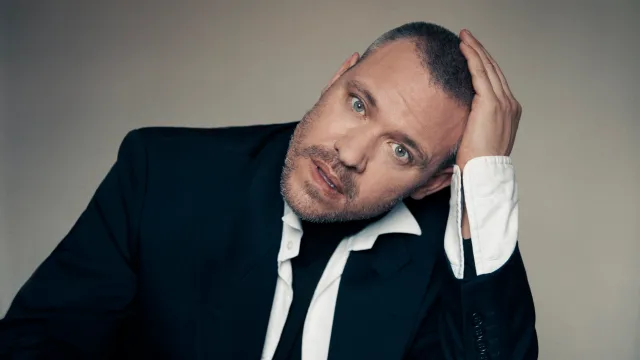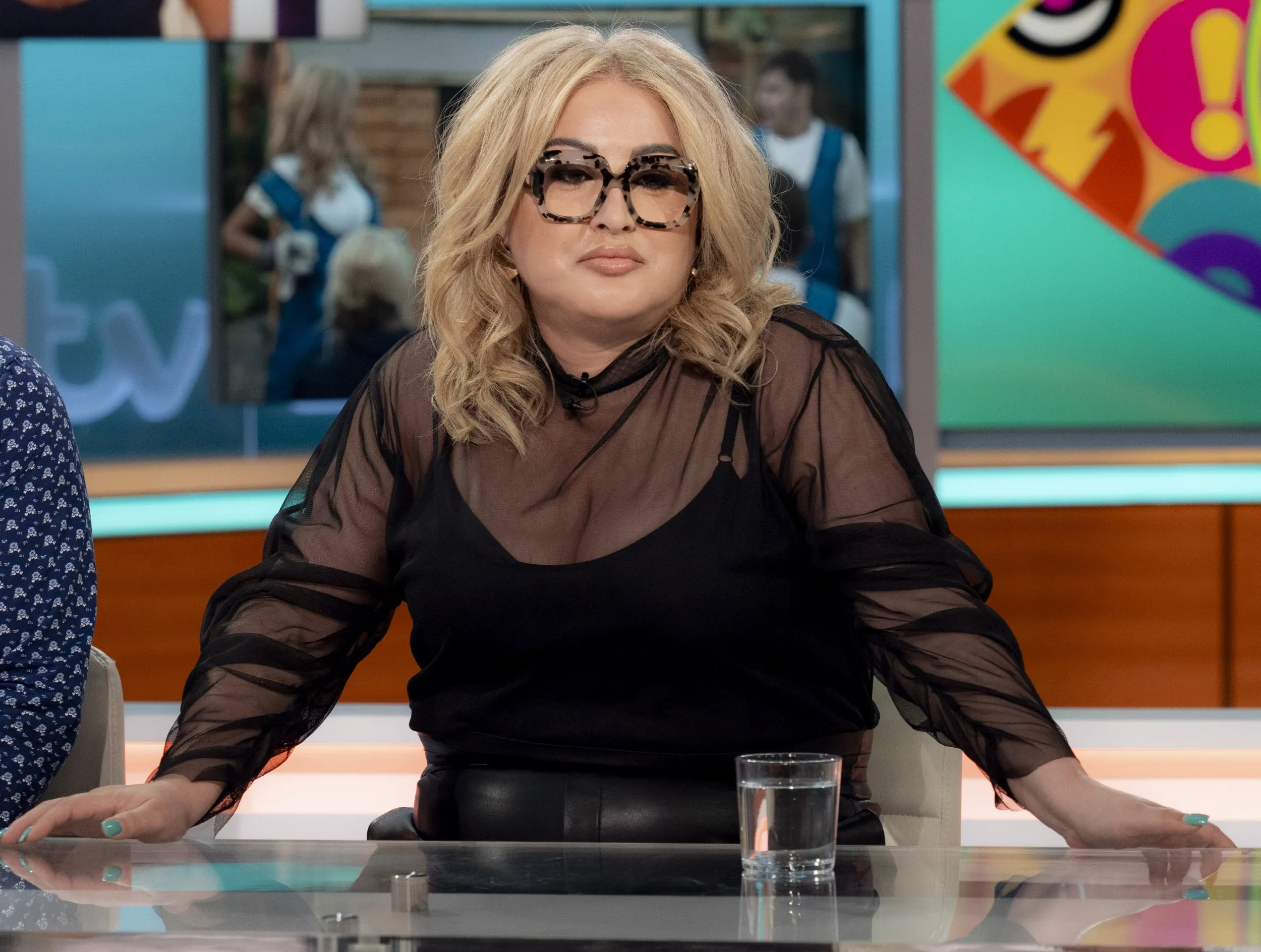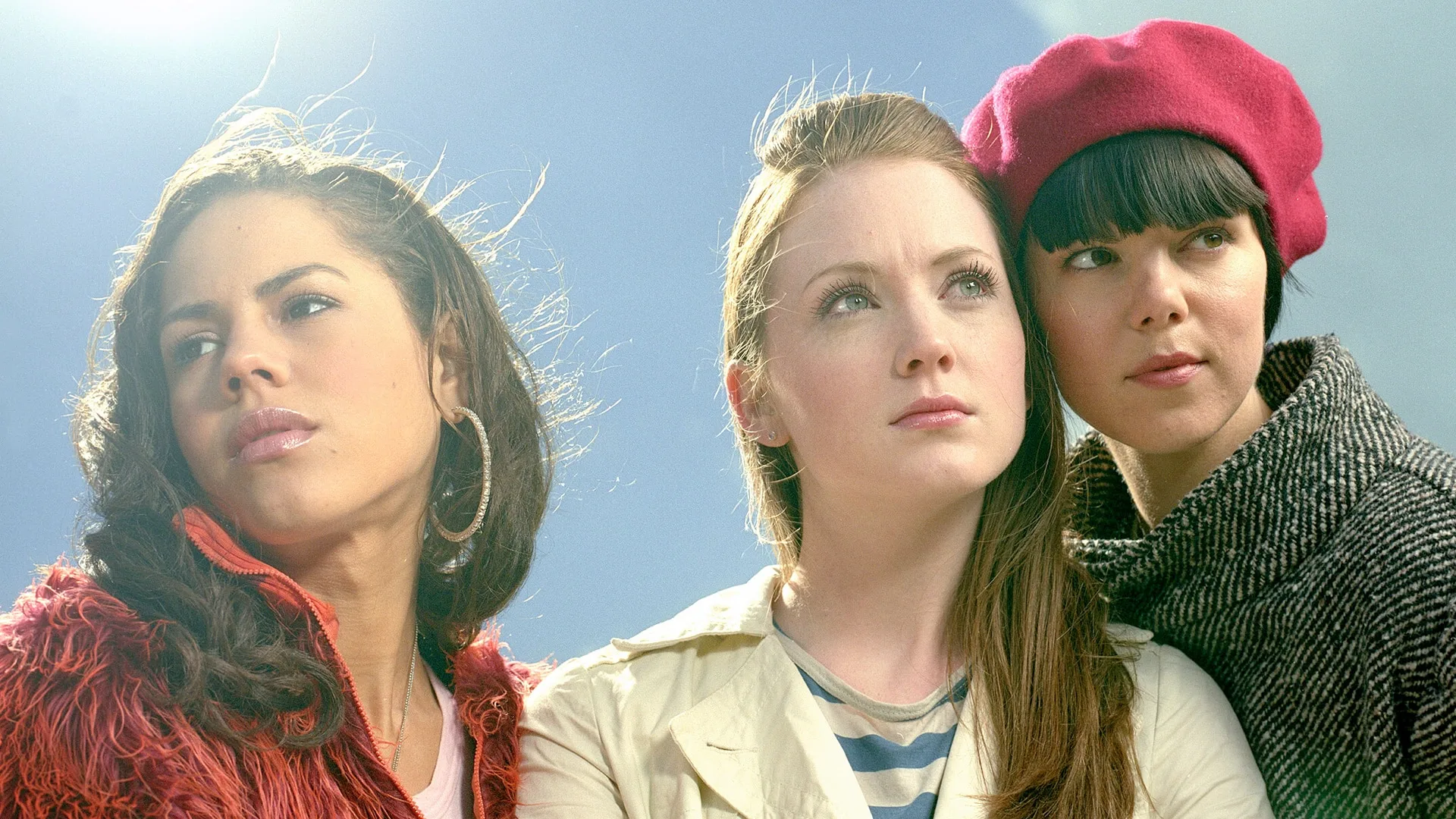
How Hollyoaks Sets the Standard for LGBTQ+ Characters on TV
in the vast, ever-changing landscape of British soap operas, “Hollyoaks” has carved out a niche for itself by not shying away from groundbreaking, often controversial storylines. Among these, the portrayal of LGBTQ+ characters stands out as a testament to the show’s commitment to diversity and representation. As a long-time viewer and commentator, I find it crucial to reflect on the significance of these characters and their stories, not just for the series but for the broader cultural conversation.
Let’s start with John Paul McQueen, a character whose journey has been nothing short of revolutionary. From his initial coming out to his complex relationship with Craig Dean, John Paul’s storyline broke new ground in the mid-2000s. Their tumultuous love affair, complete with heartbreak, reunions, and societal pressures, resonated deeply with viewers. It wasn’t just about seeing a gay couple on screen; it was about the raw, authentic depiction of their struggles and triumphs.
Contrast this with the darker, more intense narrative of Ste Hay and Brendan Brady. Ste’s journey, marred by addiction and domestic abuse, and Brendan’s internal battle with his sexuality, brought a raw, often uncomfortable honesty to prime-time television. Their storylines forced viewers to confront the realities of homophobia and the violence that can accompany self-denial and societal rejection. This was not just entertainment; it was a mirror to the harsh truths faced by many in the LGBTQ+ community.

One significant aspect of “Hollyoaks” is its ability to tell diverse and multifaceted LGBTQ+ stories. For example, Ki Griffin, who plays the non-binary character Ripley Lennox, noted the importance of representation, stating that seeing gender-diverse people on screen offers young adults validation and visibility that can profoundly impact their self-acceptance and understanding of gender diversity. The inclusion of transgender characters like Jason Costello (formerly Jasmine) and Kitty further emphasizes “Hollyoaks’” dedication to telling diverse stories. Jason’s transition storyline was one of the first of its kind on British television, tackling issues of gender identity with sensitivity and depth. Similarly, Kitty’s journey of transition and acceptance continues to shed light on the transgender experience, providing representation that is both crucial and rare in mainstream media.
In more recent years, the show has continued to push boundaries with characters like Juliet Nightingale and Peri Lomax, whose romance highlights the beauty and challenges of young love in the LGBTQ+ community. Their storyline is a refreshing contrast to the more tumultuous relationships of earlier characters, showcasing a different facet of queer life—one filled with hope and the normalcy of teenage angst and romance.
The legacy of these characters is profound. They have not only entertained but educated audiences, fostering greater empathy and understanding towards the LGBTQ+ community. They have provided solace to those who see their struggles and triumphs reflected on screen, and they have challenged societal norms, pushing the envelope of what is considered mainstream.
Despite the progress, the show has also faced challenges and backlash, particularly from transphobic viewers. However, the continued portrayal of LGBTQ+ characters and storylines underscores the importance of visibility and representation in combating prejudice and fostering a more inclusive society. For instance, Annie Wallace, who portrays Sally St. Claire, has also received praise for her role. Wallace’s character has been a focal point in addressing transgender issues, providing a positive and realistic representation of a trans woman navigating both personal and professional challenges. Her storyline has been crucial in educating viewers and fostering empathy towards the transgender community.
the importance of LGBTQ+ characters in “Hollyoaks” cannot be overstated. They have paved the way for greater acceptance and understanding, not just within the realm of television but in the broader societal context. Their legacy is one of courage, authenticity, and relentless pursuit of truth—a legacy that will undoubtedly continue to inspire and influence for years to come.



